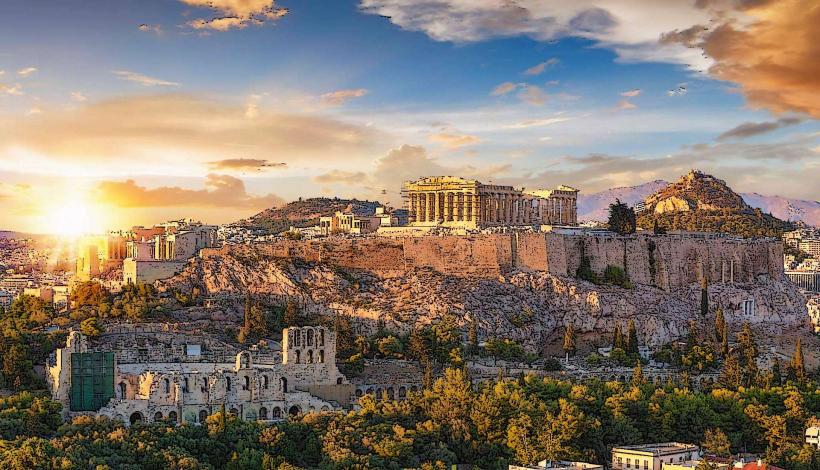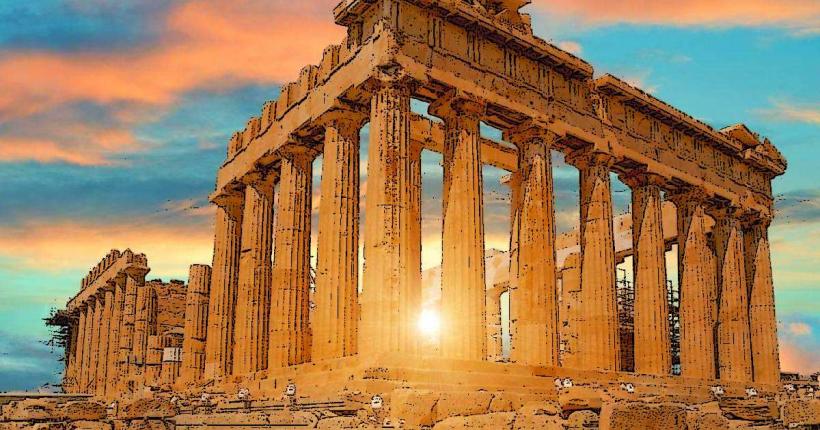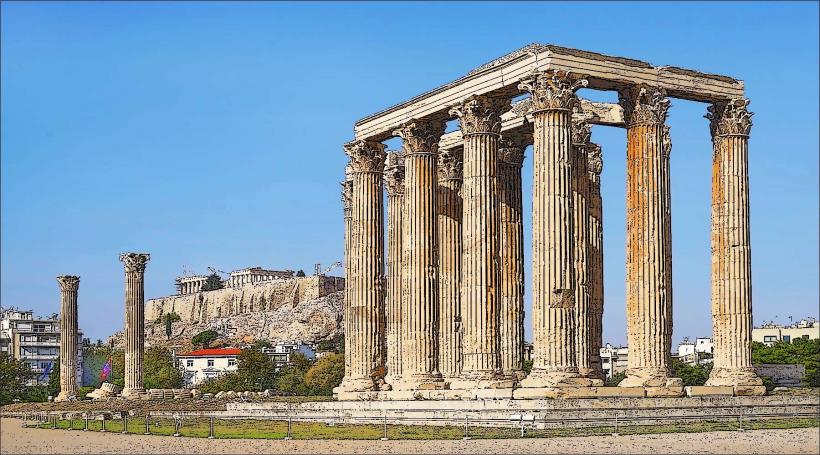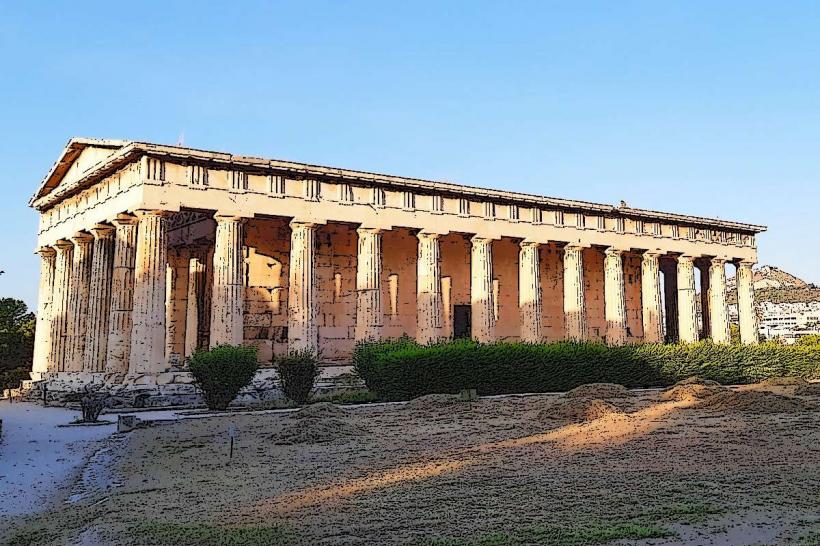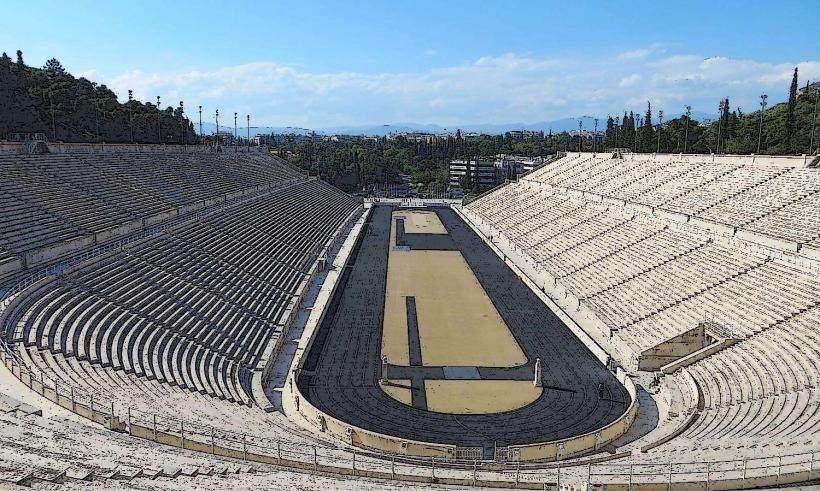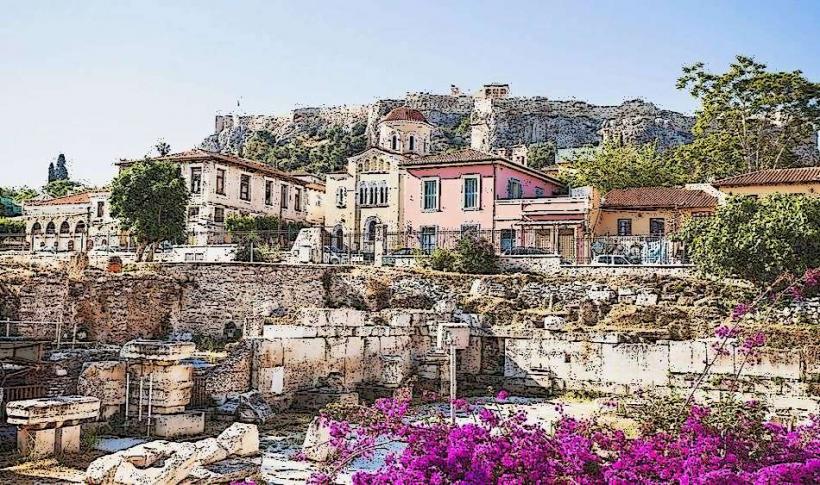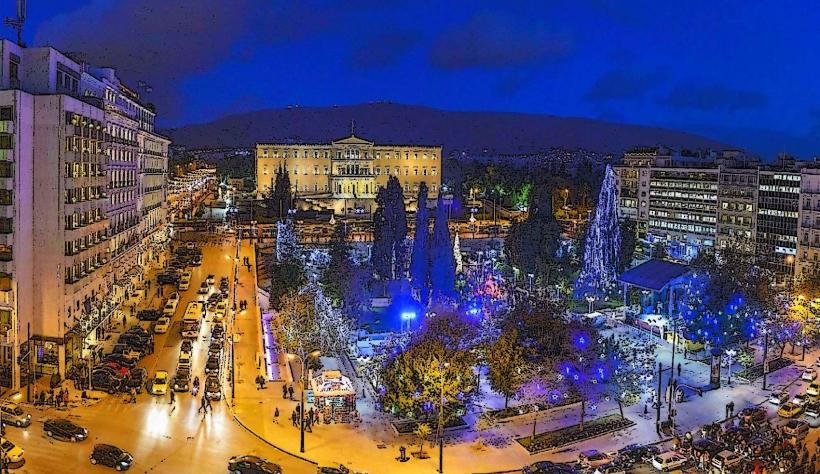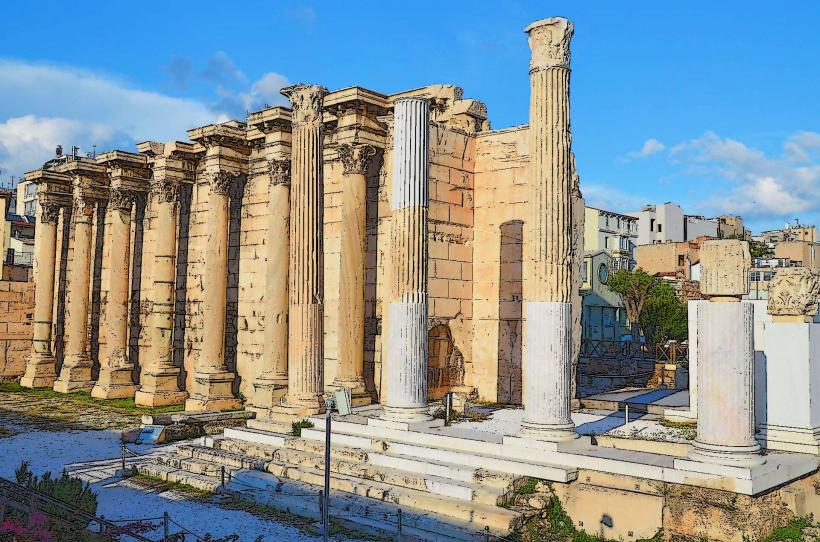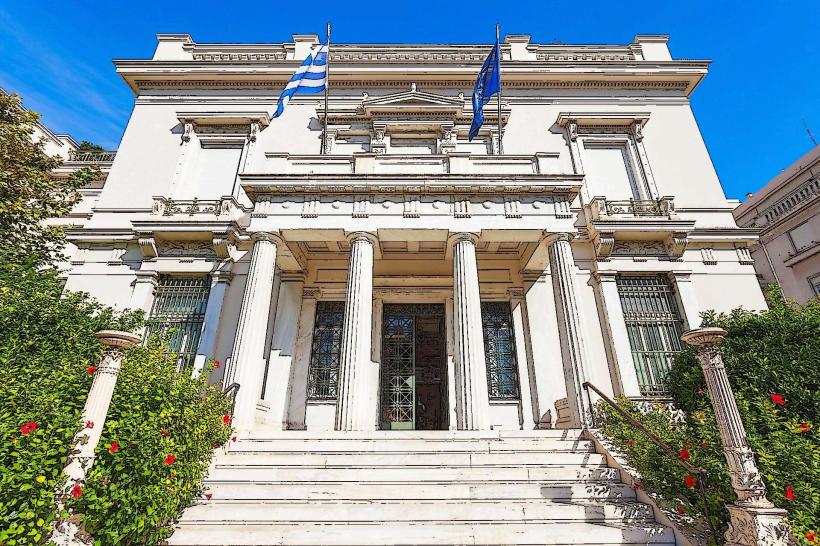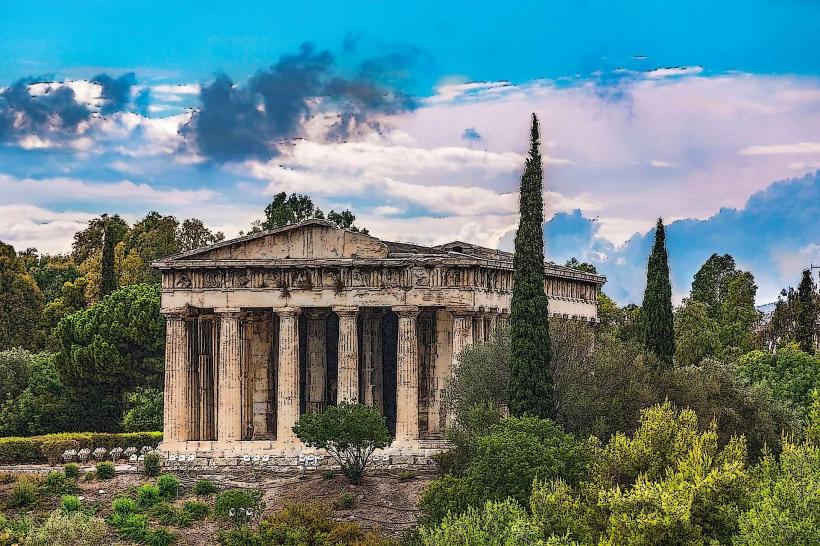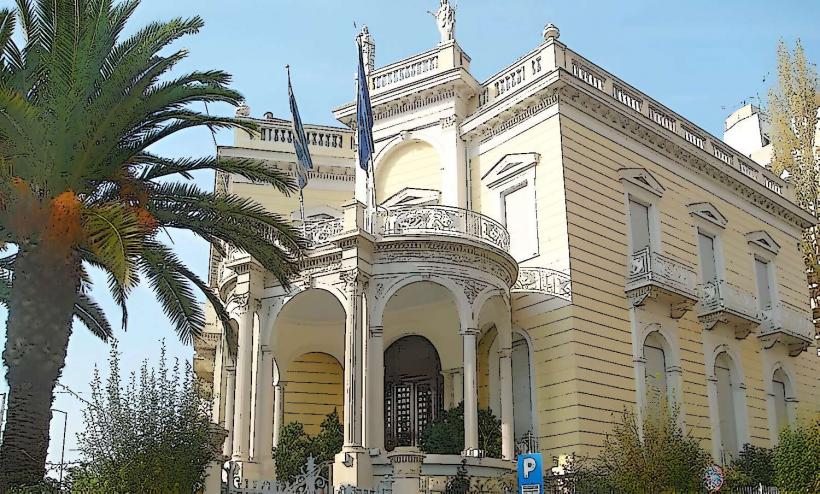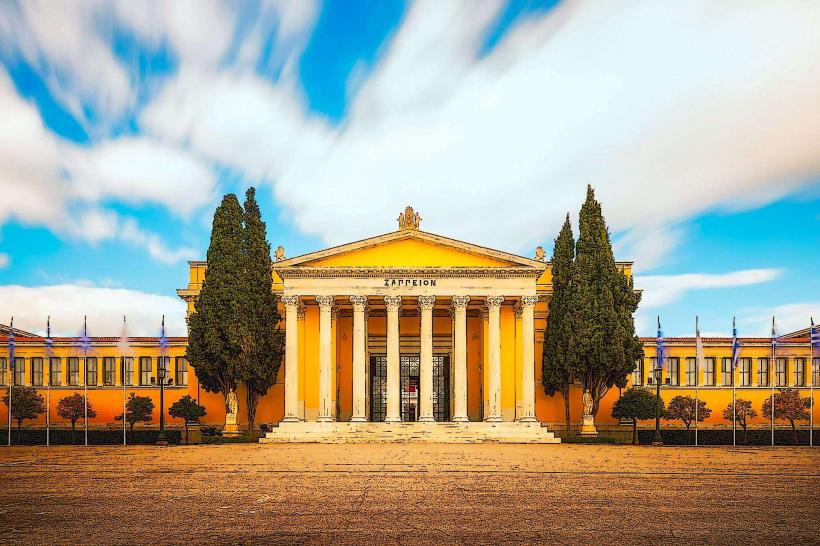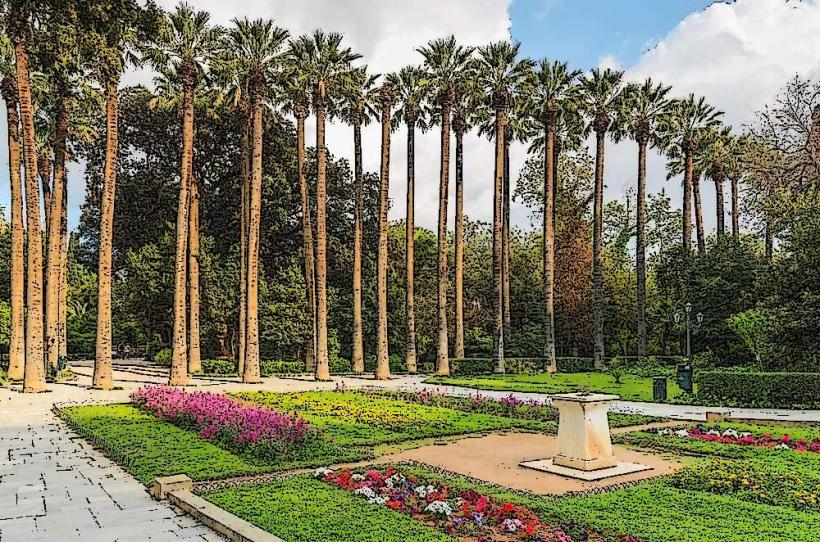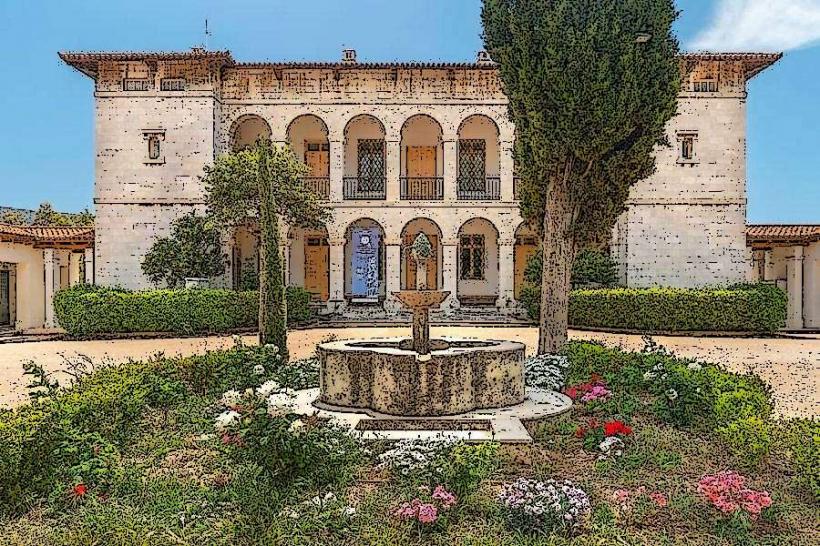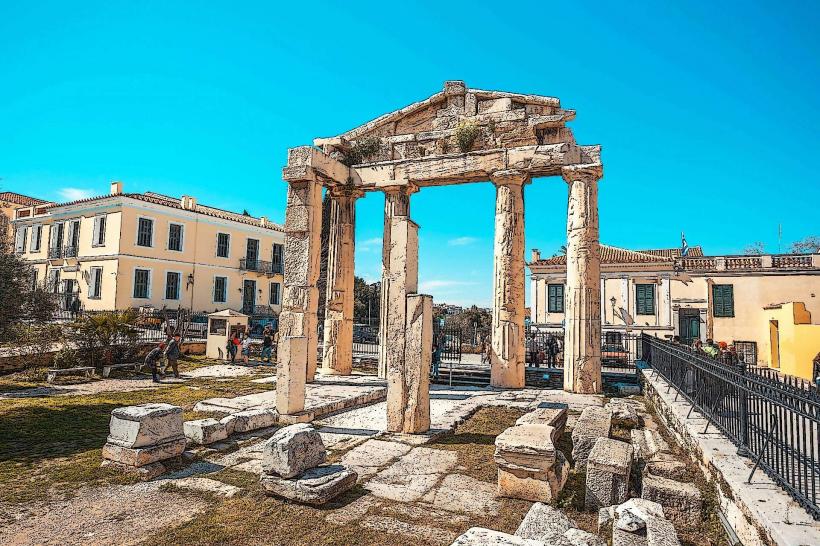Information
Landmark: Athens National Archaeological MuseumCity: Athens
Country: Greece
Continent: Europe
The National Archaeological Museum in Athens is one of the most important and comprehensive museums in the world, dedicated to showcasing the wealth of ancient Greek history and culture. It houses an extensive collection of artifacts from prehistory to late antiquity, with a focus on the development of Greek civilization and its interactions with other ancient cultures.
Historical Background:
- The museum was founded in 1829, just a few years after the establishment of the modern Greek state. Its creation was part of the early efforts to preserve and protect Greece’s cultural heritage, particularly after the Greek War of Independence (1821-1829).
- The National Archaeological Museum officially opened its doors to the public in 1889 in its current location on Patission Street (Athens). It has since expanded and evolved into one of the most prestigious museums in the world.
- The museum’s collections were built through numerous excavations across Greece, the acquisition of artifacts, and contributions from major archaeological sites like Delphi, Olympia, Crete, and Mycenae.
Architecture and Design:
- The museum is housed in a neoclassical building, designed by the architects Lysandros Kaftantzoglou and P. S. Krontiris. The structure was completed in 1889 and has undergone several expansions and renovations over the years.
- The museum's layout is spacious, with large galleries that are divided according to different periods of Greek history and types of artifacts. It includes exhibitions that cover a variety of ancient Greek art, architecture, and cultural objects.
- The grand entrance of the museum is marked by two large statues of lions at the top of the steps, symbolizing strength and ancient Greek heritage.
Key Collections and Exhibits:
The museum's collections are vast and cover a wide range of periods in ancient Greek history. Some of the most important and notable exhibits include:
1. Prehistoric Collection:
- This section focuses on the earliest phases of Greek civilization, from the Neolithic to the Bronze Age.
- Key highlights include Minoan artifacts from Crete, such as frescoes and vases, as well as Cycladic figurines (simplified, abstract representations of human figures) and Mycenaean objects from the famous palace of Knossos.
- The Famous "Fisherman of Mycenae" fresco and the golden death mask of Agamemnon (attributed to the legendary Mycenaean king) are some of the museum’s most iconic pieces.
2. Sculpture Collection:
- The sculpture collection contains some of the finest examples of Greek sculpture from the Archaic to the Hellenistic periods.
- A standout feature is the "Antikythera Youth", a masterpiece of ancient Greek art from the Hellenistic era, known for its detailed realism.
- The Nereid Monument, a monumental tomb from Lycia, featuring finely carved sculptures of Nereids (sea nymphs), is another highlight of the sculpture collection.
- The museum also displays many famous statues, including Kouros and Korai statues, representing the male and female figures typical of the Archaic period.
3. Vase and Pottery Collection:
- The vase collection is one of the most extensive in the world and includes black-figure and red-figure pottery, which were popular in ancient Greece.
- The Attic black-figure vases, which were used for everyday life and religious ceremonies, are particularly significant. They depict scenes from Greek mythology, including famous stories about gods, heroes, and daily life.
- Notable pieces in the collection include the Panathenaic amphorae, large ceramic vessels awarded to victors of the Panathenaic Games held in Athens.
4. The Mycenaean Collection:
- This collection includes artifacts from the Mycenaean civilization (circa 1600-1100 BCE), one of the most powerful and influential civilizations in ancient Greece.
- The collection features golden jewelry, weapons, armors, seals, and tableware.
- One of the most famous exhibits is the "Gold Mask of Agamemnon", which was discovered at Mycenae and is often associated with the legendary king mentioned in Homer’s Iliad.
5. Roman Collection:
- The Roman collection includes artifacts from the period of Roman rule over Greece (1st century BCE to the 4th century CE).
- Among the exhibits are Roman copies of famous Greek sculptures, as well as everyday objects such as coins, mosaics, statuettes, and glassware that illustrate the daily life of the period.
- The collection also contains an important mosaic from Delos, depicting scenes from Homeric mythology.
6. Egyptian and Near Eastern Collection:
- The museum also has a significant collection of Egyptian antiquities and objects from the Near East, highlighting the cultural exchanges between ancient Greece and neighboring civilizations.
- This includes mummies, funerary statues, and sarcophagi from Egypt, as well as artifacts from the ancient civilizations of Mesopotamia and Anatolia.
7. The Epigraphy Collection:
- This collection features ancient inscriptions, stone tablets, and stelae that provide important insights into ancient Greek society, law, and politics.
- Some of the most significant inscriptions are related to the development of Athenian democracy and early Greek law codes.
8. Byzantine Collection:
- A section of the museum is dedicated to the Byzantine period, showcasing Christian artifacts, including icons, mosaics, and sculptures that illustrate the transition from classical antiquity to the medieval Byzantine Empire.
Significance:
- The National Archaeological Museum is one of the most important museums for understanding ancient Greek culture, as it preserves and showcases the legacy of ancient Greek civilization. Its collection of art and archaeological objects has played a critical role in the study of ancient Greece, providing insights into its religion, daily life, art, and politics.
- It is also one of the largest and most comprehensive collections of Greek antiquities in the world, and it serves as a major center for archaeological research and a key destination for scholars and tourists alike.
- The museum is crucial for understanding Greek history, offering a glimpse into the development of art and culture over the course of several millennia, from the Bronze Age to the Roman period.
Modern-Day Experience:
- The museum has undergone several renovations and improvements to enhance the visitor experience. It is equipped with modern exhibition halls, and the artifacts are presented in a way that provides a comprehensive understanding of their historical context.
- Educational programs and temporary exhibitions also play an important role in promoting the museum’s mission to educate visitors about ancient Greek culture and history.
- The museum is an important cultural institution not only in Athens but also for the entire Greek nation, providing both educational and historical value.
Summary:
The National Archaeological Museum of Athens is one of the leading museums in the world, dedicated to the preservation and presentation of ancient Greek culture. Its extensive collection spans prehistoric to Roman Greece, including remarkable works of art such as sculptures, pottery, and jewelry. The museum is a must-visit for anyone interested in the ancient world, offering a detailed insight into Greek civilization and its significant contributions to art, politics, and philosophy.

